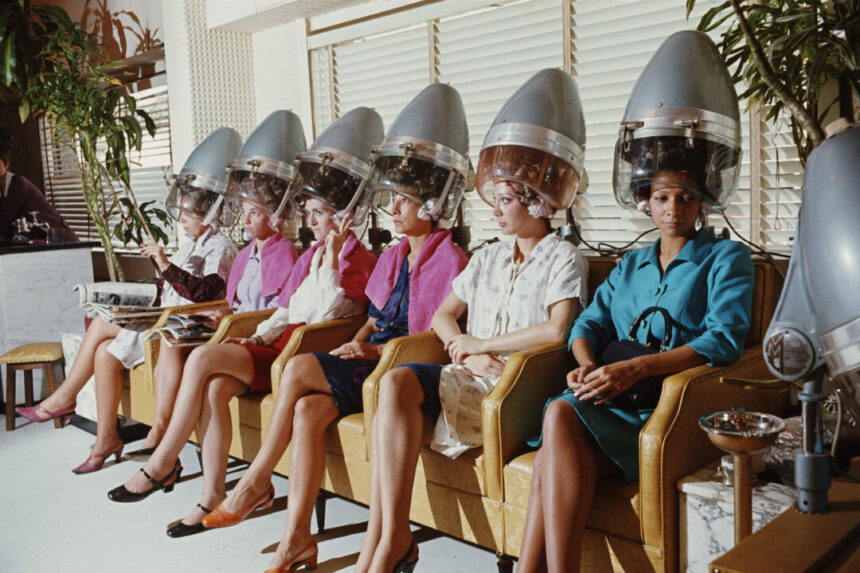Commentary
Alternatively, it could just be microwaved pasta and fish fillets with capers in store-bought mayo. Just a thought. I highly doubt that most of these so-called trends can be found shortly after they are proclaimed. This includes the alleged surge in popularity of “ballet bodies.” According to The Post, “Fueled by the rise of the blockbuster GLP-1 drugs, including Ozempic and Wegovy, thinness seems to be making a comeback in the trend cycle.” So, are we in the post-GLP-1 era or not? Or is it the “What’s GLP?” era?
The article begins with, “The idealized look in the 1980s was muscular and toned (with leg warmers).” If you happen to have leg warmers hidden away somewhere and want to be fashionable, it’s probably best to hide them even better. However, there is something to be said for “muscular and toned” as a description, not just of a past cool trend but of a fit, attractive individual at any time. It’s not about the year being 2024, 2025, or 1985, but about the importance of being healthy and avoiding illness. Particularly to the extent that one might be mistaken for a fashion model.
As often is the case, I turn to G.K. Chesterton for wisdom, rather than some TikTok “influencer.” Even before fashion turned intentionally ugly, he resisted its fixation on novelty at the expense of truth, including aesthetic. He criticized modern civilization “because it cannot create a custom. It can only create a fashion. Now a fashion is simply something that has failed to be a custom. It is changed as a fashion because it is a failure as a custom. The rich, who are the most restless of mankind, do one thing after another, and prove in the very process that they cannot create anything that is good enough to last. Their succession of fashions is in itself a succession of failures.”
Unlike enduring statues or buildings that continue to inspire, “fashion, in the feverish sense that exists today, is … a merely destructive thing; indeed, an entirely negative thing. It is as if a man were perpetually carving a statue and smashing it as soon as he carved it.”
Given the nature of most contemporary fashion, one can comprehend the sentiment. It was troublesome enough when “fashion” only encompassed clothes, cocktails, or the latest unattractive modern art. Now, it extends to our bodies and involves not just unhealthy eating but also surgical interventions.
The Post article, while somewhat cautious, mentioned: “Trends in body shapes – like in clothing and hair – inevitably change. And when trends hit the mainstream, the wealthy and chic seek to do something new.” It then quoted a member of the American Society of Plastic Surgeons saying that “people don’t want to look like their mom or their grandma.” But why not? Have they seen photos of them from years ago? Unless there have been advancements in creating new body parts, if it was good enough for Cleopatra and Marc Antony, it should be good enough for us.
Therefore, I can’t help but believe that being “toned and muscular” remains the ideal, although it’s not always achieved as we imagine in ourselves or others. Just as I would have argued in 1815, 31 BC, and while wandering around the tundra puzzled by the idea that people would one day fret over their dyed hair warming up, and consider a mammoth robe to be tacky. Unless, of course, it’s in fashion this year.
P.S. The Italian reference began with, “As I slipped into my Montafia Plaid Hunter Green Suit.” As usual, they had mistaken me for someone else. Perhaps someone capable of executing a jeté with the assistance of a plastic surgeon.
Views expressed in this article are opinions of the author and do not necessarily reflect the views of The Epoch Times.
Could you please rewrite this sentence?
Source link







